


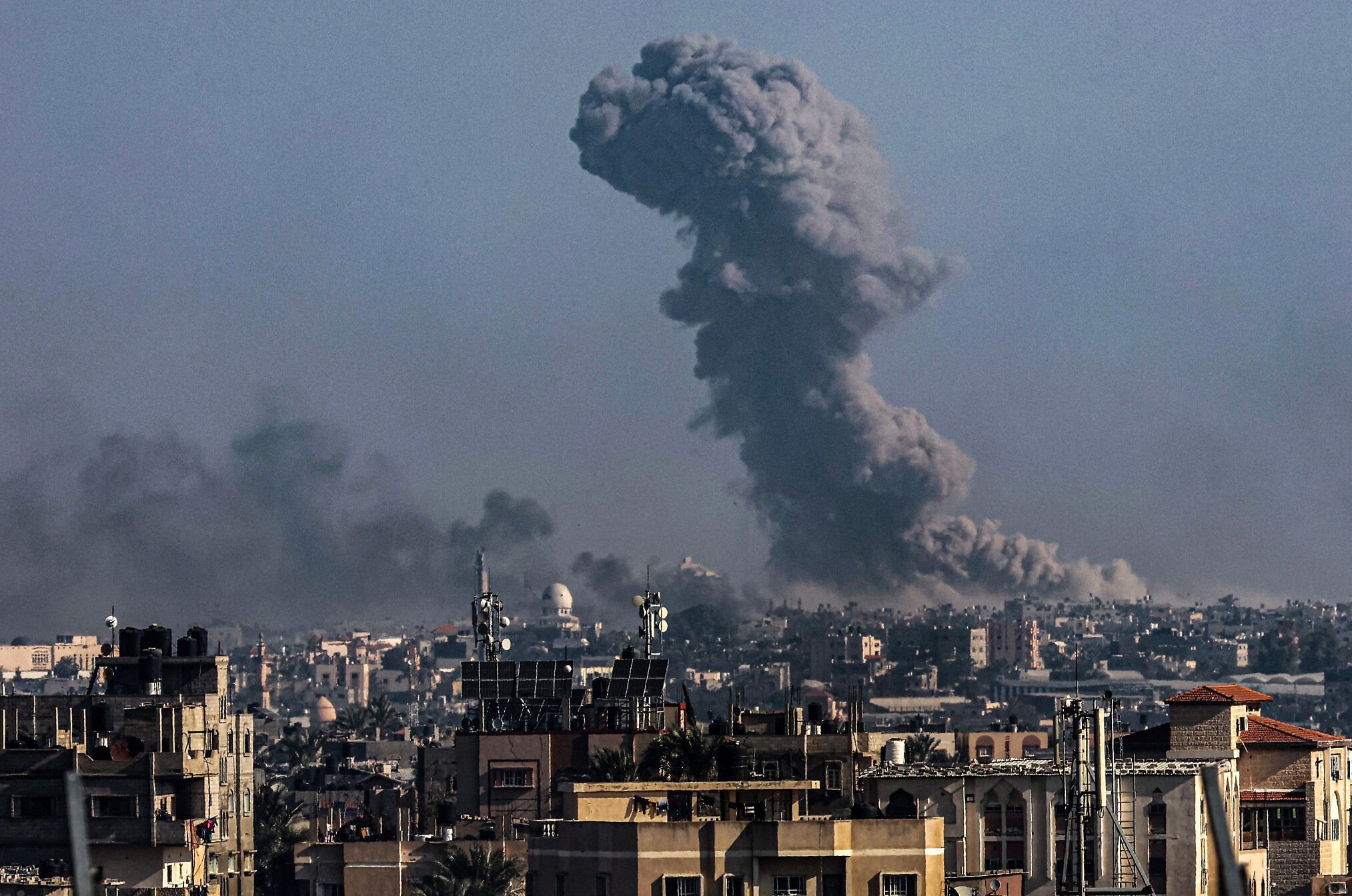
The Israeli military significantly loosened its rules of engagement in the wake of the October 7, 2023, Hamas attack, letting officers approve striking targets in the Gaza Strip that had been low-priority or off-limits in earlier wars, and allowing strikes that endangered more civilians than had previously been tolerated for similar targets, according to an investigation published Thursday in The New York Times.
The investigation, which cited more than 100 soldiers and officials, including some 25 who helped plan, vet, or approve strikes, echoed some previous reports alleging widespread use of artificial intelligence software to select targets, as well as claims that a few strikes that targeted Hamas leaders endangered more than 100 noncombatants each.
The Israel Defense Forces, responding to the article, confirmed that its rules of engagement had changed when the war broke out, but maintained that all practices remained consistent with international law.
The military also emphasized the unique nature of the fighting in Gaza, where terror operatives fight from within populated areas and exploit an extensive tunnel system beneath the enclave. The fighting also occurred as Hamas held some 251 hostages, 100 of whom remain in captivity.
According to The New York Times, Israeli military leadership issued an order at 1 p.m. on Oct. 7 — as the Hamas invasion was ongoing — that granted mid-ranking officers authority to target low-ranking Hamas fighters, and allowed them to risk killing up to 20 civilians in each strike. These were far looser rules of engagement than had been the policy during previous rounds of fighting against the terror group, The Times reported.
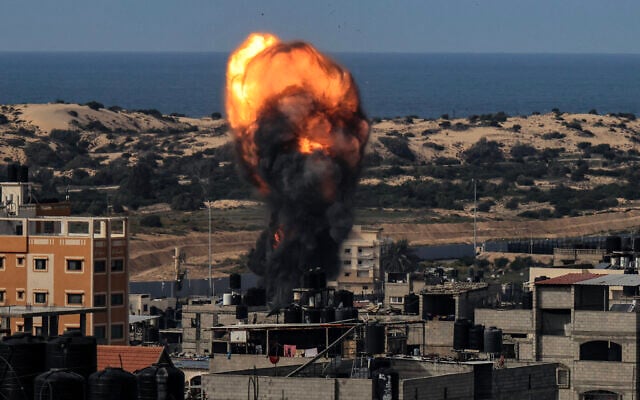
In previous wars against Hamas, many strikes were only approved once it was concluded that no civilians at all would be harmed, while other strikes endangered up to five, the report said. Ten or more civilians would be endangered for the sake of killing a combatant only on rare occasions, according to the report.
The newspaper said that after the initial loosening of the rules of engagement, Israel tightened them again on November 5, 2023, requiring officers to seek special permission to endanger more than 10 civilians when striking low-ranking terror operatives who did not pose an imminent threat to Israeli troops. By late January, the report said, officers needed special permission “for nearly all such deadly strikes, except for those targeting the most senior Hamas commanders.”
The report also said that whereas previous wars saw the military target enemy fighters and sites that had been researched and selected far in advance, the pace of Israel’s offensive against Hamas in the wake of its cross-border onslaught meant the existing target banks were quickly depleted after October 7, and many new targets were selected with comparatively little research beforehand, sometimes with the aid of artificial intelligence programs.
The AI software used to select targets relied in part on cell phone usage rates and similar, relatively low-resolution metrics to establish the number of civilians in an area, rather than long-term surveillance of a particular building, as Israel used in earlier campaigns, the report said.
The IDF told the paper that “officers always verified the information provided” by AI systems, and denied that AI tools were anything more than a “starting point” of the target selection process. The report asserted, however, that the verification process changed from unit to unit, according to multiple officers.
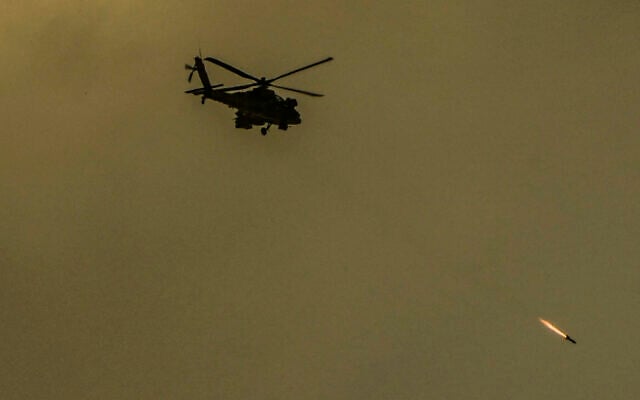
The Times said Israel also made less use of warnings to urge civilians to flee before a strike, including “roof knocks,” in which a small-load explosive is detonated on the roof of a building before a bomb with destructive power is dropped on the same location. According to the report, the IDF’s high command made roof knocks optional within hours of Hamas’s invasion.
It further said the IDF dropped larger bombs on Gaza targets than it had in previous wars, including 1,000 and 2,000-pound bombs, which made up 90% of the munitions dropped in the war’s first two weeks.
A senior military official who spoke to the newspaper noted that heavy munitions were often required to damage Hamas’s tunnels deep underground.
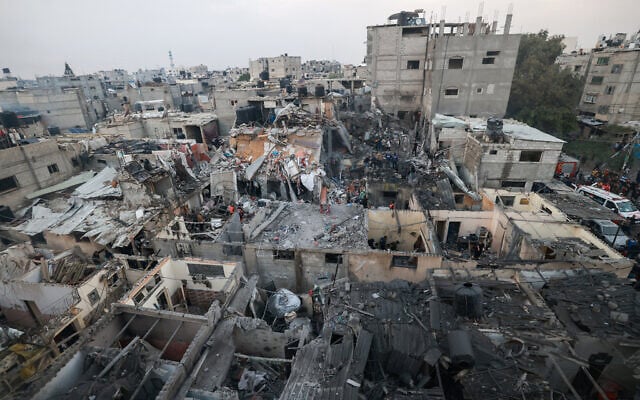
In its report, The Times contrasted two strikes that targeted the same senior Hamas commander, Shaldan al-Najjar: the first in August 2014, during Israel’s last ground war against Hamas in Gaza, and the second on October 10, 2023, three days after the terror group’s attack last year.
In 2014, Israel took stringent precautions to avoid civilian casualties — warning Najjar’s neighbors three times to escape, then conducting a “roof knock” — and indeed no one was harmed at all in the strike, including Najjar himself. By contrast, when Israel targeted the terror operative in 2023, Najjar was killed alongside 20 members of his extended family, according to the report.
In another strike detailed by The Times, some 42 people were killed when Israel struck a residential building while targeting a Hamas tunnel in the Zeitoun neighborhood of Gaza City on November 16, 2023.
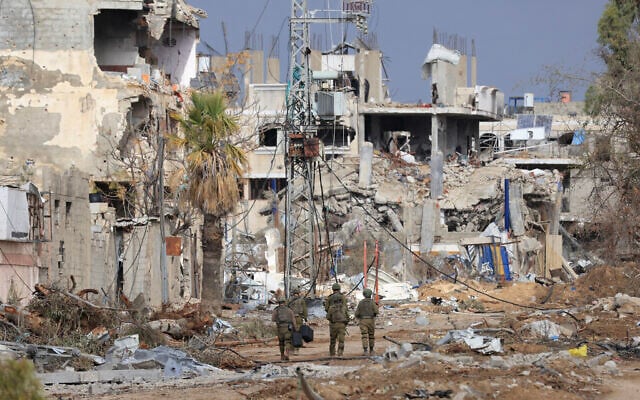
At the time, the neighborhood was largely depopulated — Israel had called on all residents of northern Gaza to evacuate south in advance of the IDF’s ground operation — and The Times noted that if Israel assessed the building’s occupancy based on cell phone usage in the area, it may have significantly underestimated the strike’s risk to civilians.
Some officers began to “sound the alarm,” the report said, with air force analysts urging as early as November 2023 to use more drone surveillance to check for civilians in areas that had been marked for strikes, but it said “little to no action was taken” in this regard.
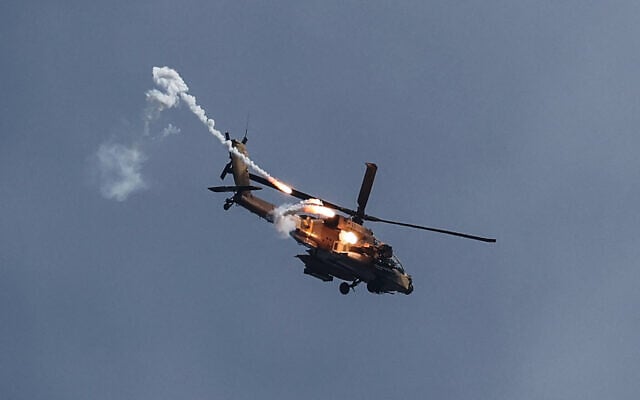
Citing “11 officers involved in target selection,” the paper said the military rarely made an effort to count how many civilians had been killed in each strike.
The Hamas-run Gaza health ministry says more than 45,000 people in the Strip have been killed or are presumed dead in the fighting so far, though the toll cannot be verified and does not differentiate between civilians and fighters. Israel says it has killed some 18,000 combatants in battle as of November and another 1,000 terrorists inside Israel on October 7.
Israel has said it seeks to minimize civilian fatalities and stresses that Hamas uses Gaza’s civilians as human shields, fighting from civilian areas including homes, hospitals, schools, and mosques.
Israel’s toll in the ground offensive against Hamas in Gaza and in military operations along the border with the Strip stands at 392.
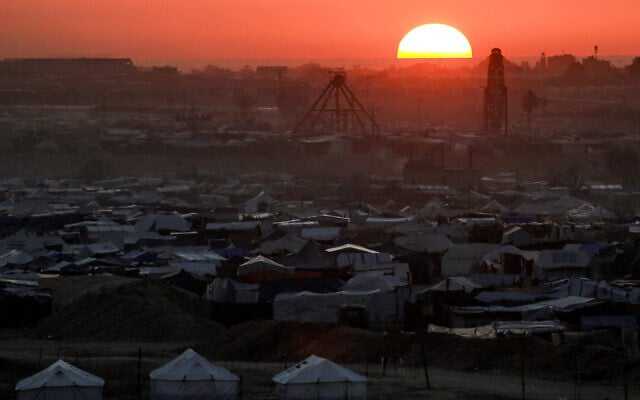
It is believed that 96 of the 251 hostages abducted by Hamas on October 7 remain in Gaza, including the bodies of at least 34 confirmed dead by the IDF.
Hamas released 105 civilians during a weeklong truce in late November, and four hostages were released before that. Eight hostages have been rescued by troops alive, and the bodies of 38 hostages have also been recovered, including three mistakenly killed by the military as they tried to escape their captors.
Hamas is also holding two Israeli civilians who entered the Strip in 2014 and 2015, as well as the bodies of two IDF soldiers who were killed in 2014.
